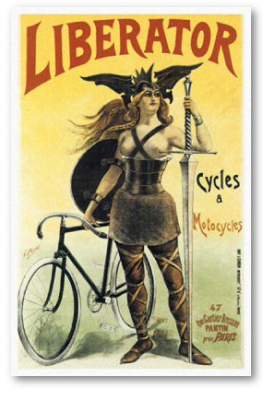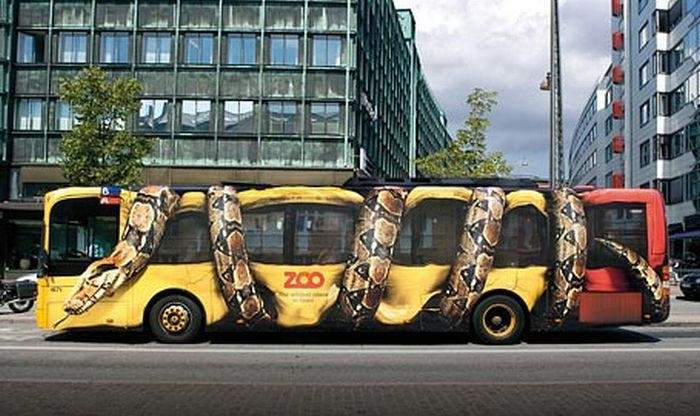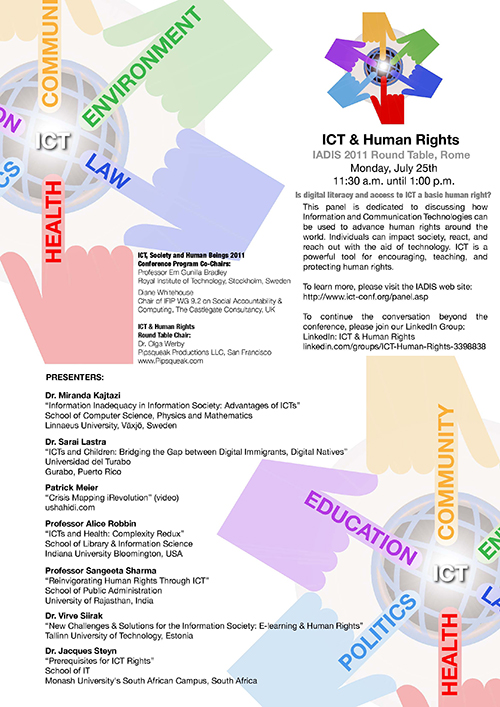
What is that?! Is that what I think it is? These toys were part of a window display in a little store in the center of Rome. I don’t believe a lot of kids play with Nazi toy soldiers…in Italy, today. But if WWII turned out differently, these might have been the coveted toys, not just for a limited set of adult collectors, but for average, everyday kids…who happened to be living in an alternate reality. So this brings me to the main point of this post: products have to have cultural relevance, and this requires designers to have a good grasp on social background knowledge and on the subject matter within which they are working. Consider this little street sign in Rome as another example of cultural and subject matter relevancy: If you click on the image, you can get a larger version—yes, it is a crucifix with Jesus icon. Here in San Francisco, this sign wouldn’t work. But in Rome, it makes perfect sense. It’s culturally relevant and conveys information to the local population. Both of these examples show that it’s not just cultural knowledge that’s important. Without knowing the meaning of a crucifix or being able to…






